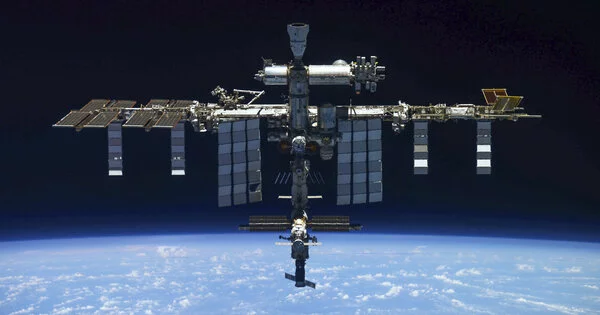The twentieth century saw a significant shift in the way we learn about space. Until then, we studied other celestial bodies through telescopes. We have sent exploratory spacecraft to the orbits of all the planets, including Pluto, over the last half-century. These efforts have transformed our understanding of how the solar system formed, what it is made of, and which of these worlds could support life.
While traversing the Martian landscape, NASA’s Mars rovers strive for ground-breaking scientific discoveries. At the same time, the rovers’ crews do everything they can to protect them and the billions of dollars behind the mission. This balance of risk and reward drives the decisions about where the rovers go, the routes they take to get there, and the science they discover.
Researchers at the School of Computer Science’s Robotics Institute (RI) have developed a new method for balancing the risks and scientific value of sending planetary rovers into dangerous situations.
David Wettergreen, a research professor in the RI, and Alberto Candela, who earned his Ph.D. in robotics and is now a data scientist at NASA’s Jet Propulsion Laboratory, will present their work, “An Approach to Science and Risk-Aware Planetary Rover Exploration,” at the IEEE and RSJ International Conference on Intelligent Robots and Systems later this month in Kyoto, Japan. The paper is also published in IEEE Robotics and Automation Letters.
Our goal is not to eliminate scientists, not to eliminate the person from the inquiry. Really, the point is to enable a robotic system to be more productive for scientists. Our goal is to collect more and better data for scientists to use in their investigations.
David Wettergreen
“We looked at how to balance the risk associated with going to challenging places against the value of what you might discover there,” said Wettergreen, who has worked on autonomous planetary exploration for decades at Carnegie Mellon University. “This is the next step in autonomous navigation and to producing more and better data to aid scientists.”
For their approach, Wettergreen and Candela combined a model used to estimate science value with a model that estimates risk. Science value is estimated using the robot’s confidence in its interpretation of the mineral composition of rocks. If the robot believes it has identified rocks correctly without needing additional measurements, it may choose to explore somewhere new. If the robot’s confidence is low, however, it may decide to continue to study the current area and improve its mineralogical model. Zoë, a rover that for decades has tested technologies for autonomy, used a previous version of this model during experiments in 2019 in the Nevada desert.
The researchers determined risk through a model that uses the topography of the terrain and the terrain’s makeup material types to estimate how difficult it will be for the rover to reach a specific location. A steep hill with loose sand could doom a rover’s mission—a real concern on Mars. In 2004, NASA landed twin rovers, Spirit and Opportunity, on Mars. Spirit’s mission ended in 2009 when it became stuck in a sand dune and its wheels slipped when it tried to move. Opportunity carried on and worked until 2018.

Wettergreen and Candela put their framework to the test with actual Mars surface data. The team used this data to send a simulated rover scurrying around Mars, charting different paths based on varying risk, and then evaluated the science gained from these missions.
“The rover performed admirably on its own,” Candela said of the simulated Mars missions. “Even in high-risk simulations, there were still plenty of areas for the rover to explore, and we discovered some interesting things.”
This study builds on decades of RI research into autonomous planetary exploration. Papers dating back to the 1980s propose and demonstrate methods for rovers to move autonomously across the surfaces of other planets, and technology developed as a result of this research has been used on recent Mars rovers.
CMU researchers proposed Ambler, a self-sufficient, six-legged robot that could prioritize its goals and chart its own path on places like Mars. In the early 1990s, the team tested the six-meter-tall robot. More rovers followed, including Ratler, Nomad, and Hyperion—a rover designed to travel with the sun to charge its batteries.
Candela and Wettergreen hope to test their recent work on Zoë during an upcoming trip to the Utah desert. The pair also see their research making valuable contributions to future lunar exploration. Their approach could be used by scientists as a tool to investigate potential routes in advance and balance the risk of those routes with the science that could be gained. The approach could also assist a generation of autonomous rovers sent to the surface of planets to conduct science experiments without the need for continuous human involvement. The rover could assess the risk and reward before charting its own course.
“Our goal is not to eliminate scientists, not to eliminate the person from the inquiry,” Wettergreen said. “Really, the point is to enable a robotic system to be more productive for scientists. Our goal is to collect more and better data for scientists to use in their investigations.”
















